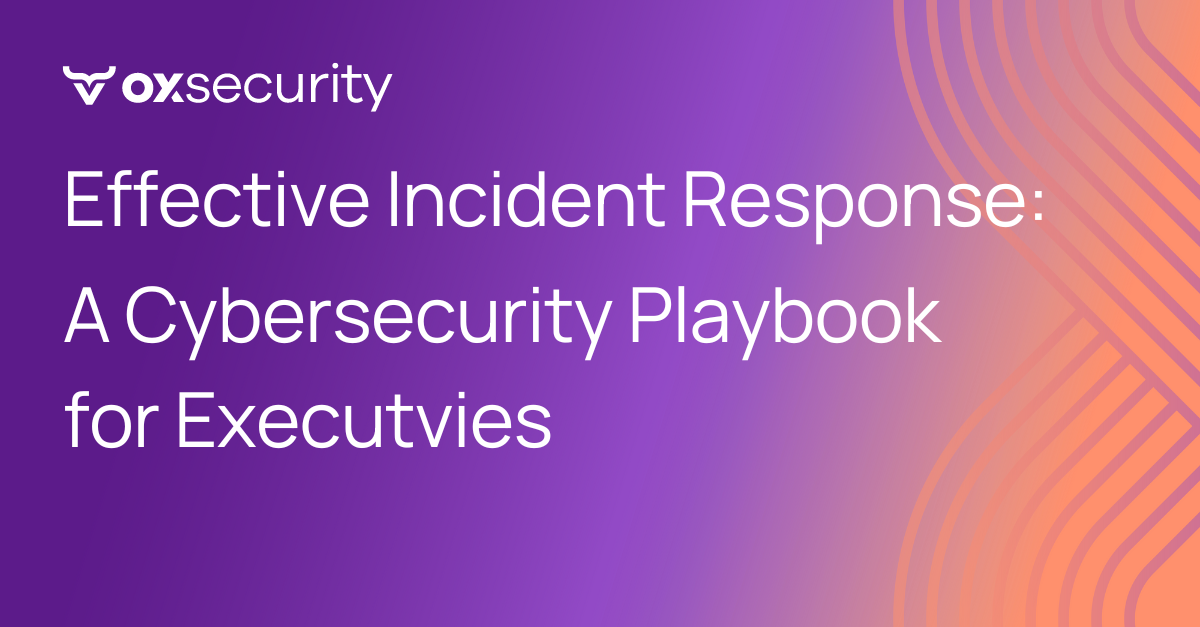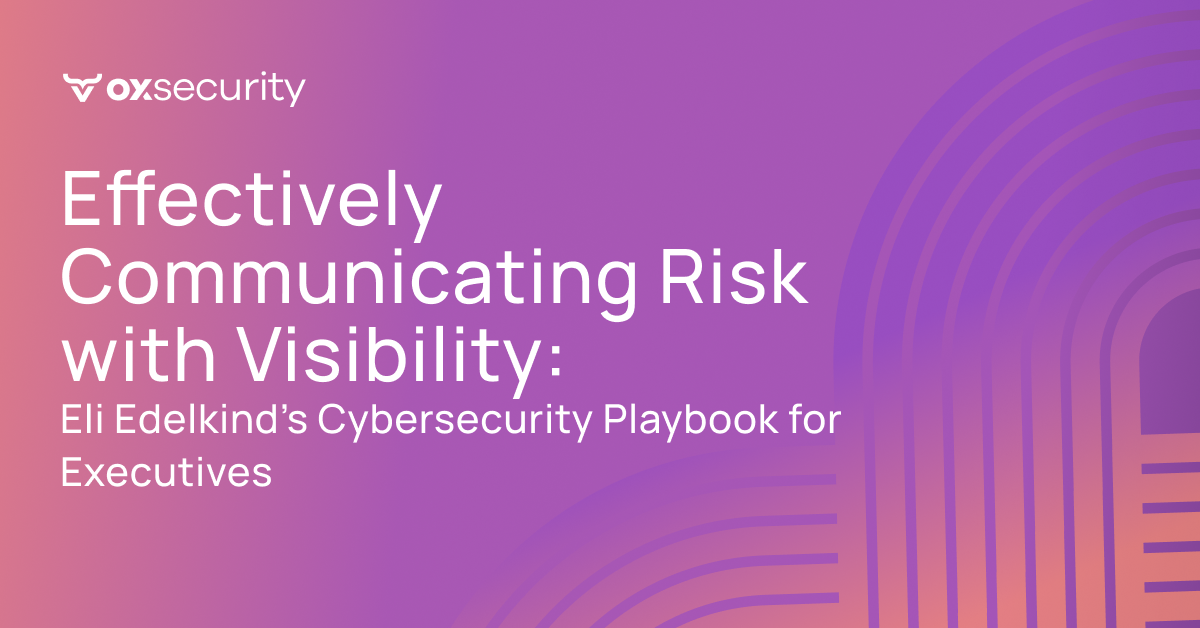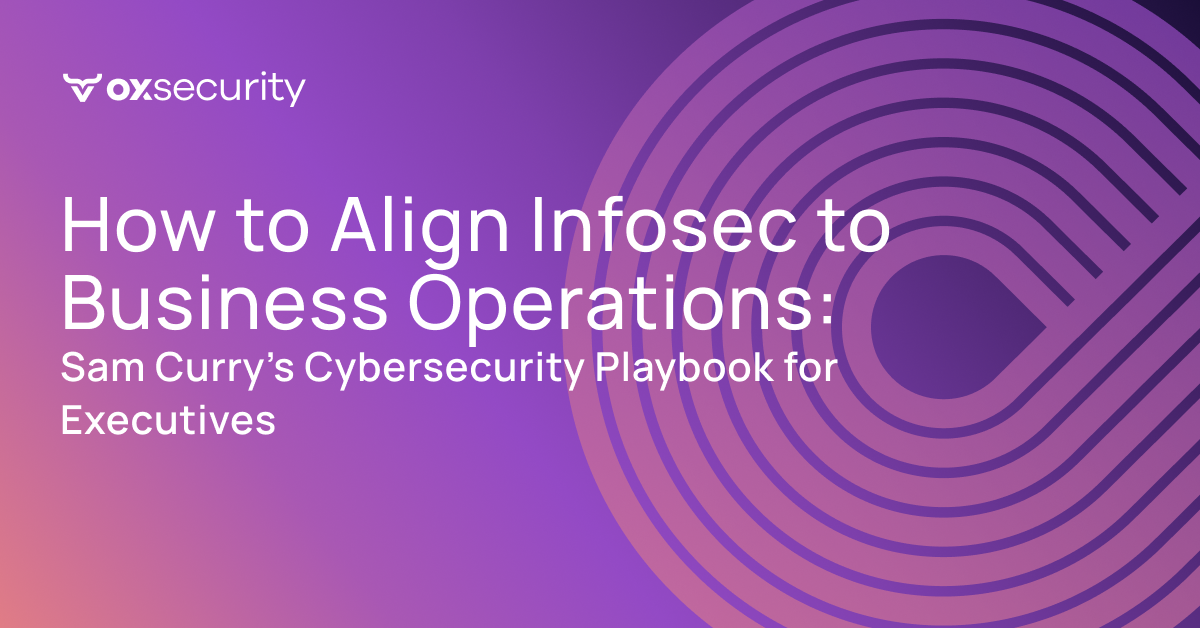
This cybersecurity playbook is inspired by David Cross’s insights on how to best handle a potential incident that could have been caused by what seemed to be a suspicious email sent to a marketing team.
He recently shared his recommendations on CyberOXtales Podcast, highlighting the importance of having a clear playbook for incident response, determining the threshold for involving management, and conducting post mortem analyses after each activity.
Objective:
💡 The objective of this playbook is to provide a clear and effective process for handling potential cybersecurity incidents within an organization. It aims to ensure a timely and consistent response to security threats, minimize impact, and facilitate post-event analysis for continuous improvement.
Key goals include:
- Prompt and effective response to potential cybersecurity incidents.
- Clear communication and escalation process for incident reporting and management involvement.
- Establishment of a consistent postmortem analysis and root cause analysis (RCA) process for learning and improvement.
Step 1: Identify and Report the Incident
Objective: To create a standardized and documented process for identifying, reporting, and responding to potential security threats, ensuring consistency and efficiency in handling incidents.
Action Items:
- Encourage staff training on recognizing potential cybersecurity threats.
- Implement a centralized reporting system for security incidents.
Step 2: Initial Assessment
Objective: To systematically assess and verify potential data leaks or security incidents, enabling a proactive and thorough response to mitigate risks to the organization’s data and systems.
Action Items:
- Tier one support, incident responders, or designated responders to evaluate the potential incident.
- Determine the threshold for management involvement based on predefined criteria.
Step 3: Handling Potential Data Breach
Objective: To ensure prompt and informed assistance for assessing and responding to potential incidents by involving the appropriate expertise and leadership, minimizing the impact of potential threats on the organization.
Action Items:
- Apply predetermined protocols for evaluating potential data breaches.
- Immediate involvement of key personnel, particularly the CISO, when high confidence or probability of a real event is determined.
Step 4: Communication and Escalation
Objective: To provide management with timely and accurate information about potential threats when there is a high level of confidence or probability of a real event occurring, enabling informed decision-making and resource allocation.
Action Items:
- Utilize defined templates for consistent communication with management regarding potential incidents.
- Ensure that the right levels are informed based on the playbook and ownership to avoid misunderstandings.
Step 5: Postmortem and Root Cause Analysis (RCA)
Objective: To gather insights and identify opportunities for learning and improvement from the handling of potential threats, fostering a culture of continuous improvement and preparedness for future incidents; To capture and institutionalize the insights gained from incident responses, preparing the organization for future incidents and fostering a culture of preparedness and continuous learning.
Action Items:
- Conduct post-event debriefing and analysis for learning and improvement.
- Utilize a neutral facilitator for separating learning from blame and creating an unbiased atmosphere.
- Develop playbooks and templates based on insights gained for future incidents.
Listen to David’s full episode of the CyberOXtales Podcast – https://www.ox.security/resources/effective-incident-response/






)


